

What are the origins of natural and artificial marble?
How do natural and artificial marble differ in terms of durability?
For what applications are natural and artificial marble best suited?
What is the environmental impact of natural and artificial marble?
Which is more expensive, natural or artificial marble?
How do you care for natural and artificial marble?
Introduction
Formation and Composition
Characteristics and Durability
Applications
Environmental Impact
Cost
Caring
Conclusion
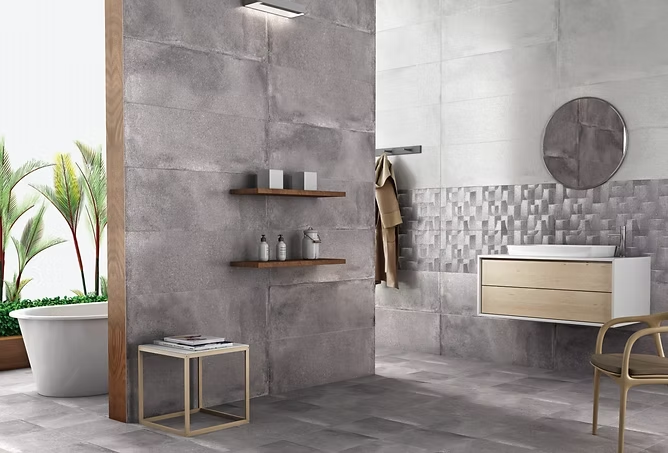
Are you looking to add a touch of luxurious elegance to your home decor with marble, but
confused about whether to opt for natural or artificial marble? With a plethora of options
available, it can be a daunting task to choose the right type that aligns with your preferences.
While both natural and artificial marbles offer stunning aesthetics, there are significant
differences in their formation, properties, applications, and environmental impact.
But worry not, as our comprehensive blog post is here to guide you through the intricate
world of marble. We’ll take a deep dive into the origins and characteristics of each type
, compare their unique properties, explore their ideal uses, and shed light on their
environmental footprint. We aim to empower you with the knowledge and insights necessary
to make an informed decision that perfectly complements your style and values. So, let’s get
started!
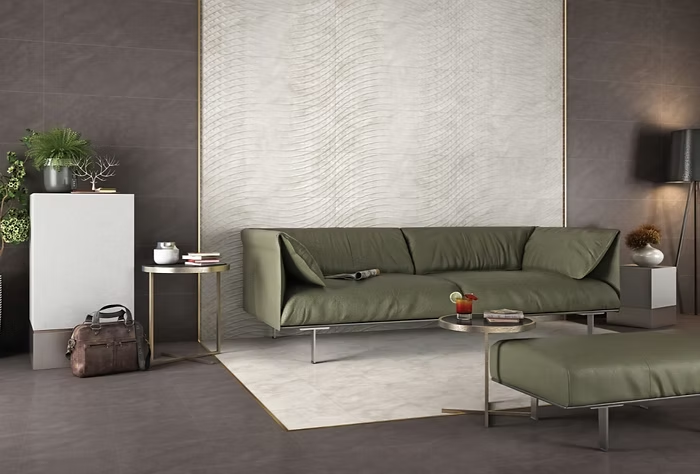
Marble is a popular and highly sought-after natural stone, admired for its unique veining
patterns and warm, inviting appearance. However, as a porous material, it is vulnerable to
staining, scratching, and etching caused by acidic substances. Despite its overall durability
and strength, marble requires regular maintenance and sealing to keep it looking its best
and to extend its lifespan. This ensures that the stunning beauty of natural marble can be
enjoyed for years to come.
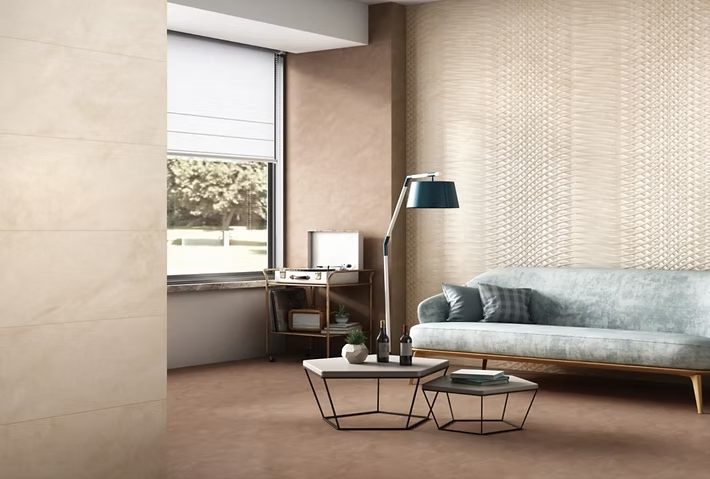

The process of quarrying natural marble, which involves extracting the material from the earth’s crust, has a considerable impact on the environment. This impact includes destruction of habitats, damage to ecosystems, and carbon emissions from transportation. However, it’s worth noting that natural marble, being a naturally occurring material, doesn’t release any harmful chemicals or contribute to indoor air pollution, making it a safer choice for interior design and construction projects.

Let’s talk about natural marble and artificial marble in terms of cost:
Marble is a fascinating material that is widely appreciated for its natural beauty and elegance. Natural marble, in particular, is considered to be a luxurious and exquisite stone that is unique in its appearance and texture. It is more expensive compared to artificial marble, and its cost can vary depending on several factors. These include the type of marble, its quality, and the region from which it is extracted. Moreover, installing natural marble requires skilled labor, and regular maintenance is necessary to preserve its beauty and durability. Despite the additional cost and upkeep, many people consider natural marble a worthwhile investment due to its timeless beauty and exceptional quality.
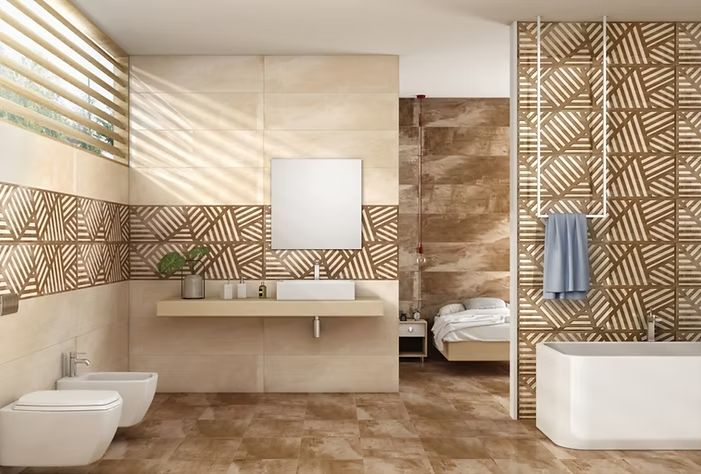
Artificial marble is a cost-effective and practical substitute for natural marble. It is produced by combining marble powder with resins or other substances to create a finish that closely resembles that of natural marble. Unlike natural marble, artificial marble is generally less expensive, more durable, and easier to install, which results in significant cost savings. Given these benefits, it is an excellent option for those looking to achieve the elegant look of marble without breaking the bank or sacrificing quality.
When you apply a penetrating sealer as per the manufacturer’s instructions, it forms a transparent shield that helps prevent stains from penetrating the surface. However, it is always recommended to test it on a less visible area first. Once you have applied it, keep an eye on the surface; if water starts to seep in rather than bead up, it may be time to reapply the sealer to maintain its effectiveness.
It’s a common occurrence to experience spills, and it’s important to take swift action to prevent them from leaving a lasting stain. The best way to handle a spill is to begin by using a mild dish soap and warm water solution to wipe up the mess. Once you’ve cleaned the area, be sure to rinse it thoroughly and then allow it to dry completely. By following these steps, you can ensure that your surfaces stay looking clean and free of stains.
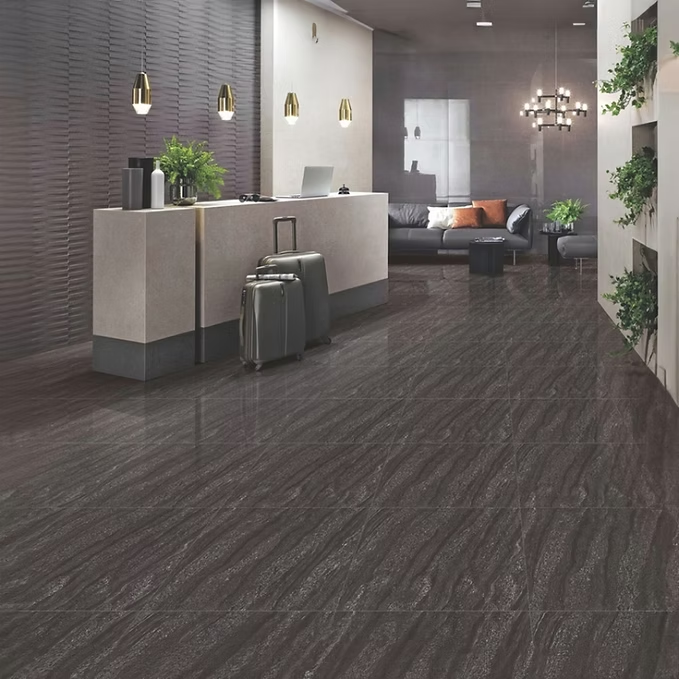
Marble is a beautiful natural stone, but it’s also vulnerable to damage from acidic liquids like citrus juices, coffee, and vinegar. These substances can etch the marble’s surface, leaving behind unsightly dull spots that can ruin the stone’s appearance. To protect your marble surfaces, it’s important to use coasters for drinks and clean up spills immediately. By taking these simple steps, you can help ensure that your marble surfaces stay looking their best for years to come.
Marble is a beautiful and durable material, but it is important to take proper care of it to maintain its appearance over time. When exposed to extreme heat, the surface of the marble can become damaged or discolored. To prevent this from happening, it is best to use trivets or other heat-resistant pads when placing hot pots, pans, or other items on the marble surface. This will help to protect the marble from heat damage and ensure that it stays looking its best for years to come.
When it comes to cleaning natural stone surfaces, it’s important to use the right tools and products to avoid causing damage. Abrasive scrubbers and harsh chemicals can easily scratch the surface, leaving unsightly marks and ruining the stone’s appearance. Therefore, it’s recommended to use soft cloths and gentle, neutral cleaners that are specifically designed for natural stone. These types of cleaners are formulated to effectively remove dirt and grime without causing any harm to the stone surface. By using the right cleaning tools and products, you can keep your natural stone surfaces looking their best for years to come.

If you come across stubborn stains on your stone surfaces, it’s best to seek the help of a professional stone care specialist. Using do-it-yourself solutions may seem tempting, but it could lead to unintended consequences and even make the situation worse. Therefore, when dealing with tough stains on your stone surfaces, it’s always better to trust the expertise of a trained professional who can safely and effectively restore your stone surfaces to their original glory.
Artificial marble offers a beautiful, low-maintenance alternative. Here’s how to keep it looking its best:
To effectively clean surfaces, you can prepare a solution of mild dish soap and warm water. Soak a soft cloth in the solution and gently wipe down the surface, paying special attention to any areas with visible stains or dirt. Once you have cleaned the surface, rinse it thoroughly with water and dry it off with a soft cloth to prevent any water spots or streaks. This method is safe and effective for most surfaces, but it’s always a good idea to test a small, inconspicuous area first to ensure that the solution won’t damage the material.

To maintain the longevity of your surface, it is highly recommended to stay away from abrasive cleaning agents, scouring pads, and harsh chemicals. These can cause unsightly scratches and damage the surface. Instead, we suggest using gentle, non-abrasive cleaning products that can effectively clean your surface without causing any harm. This way, you can keep your surface looking its best for longer periods while avoiding any potential damage.
Artificial marble is a durable material that can withstand high temperatures to a great extent. However, it’s always advisable to exercise caution and use hot pads or trivets for placing extremely hot items on it. By taking this simple step, you can ensure that your artificial marble remains in pristine condition and continues to serve you for a long time to come.
Although engineered marble is relatively more resistant to stains than natural marble, it is still important to clean up any spills as soon as possible. This is especially important if the spill involves harsh chemicals that can cause damage to the surface. Taking quick action can help to prevent permanent damage and maintain the beauty of your engineered marble for years to come.
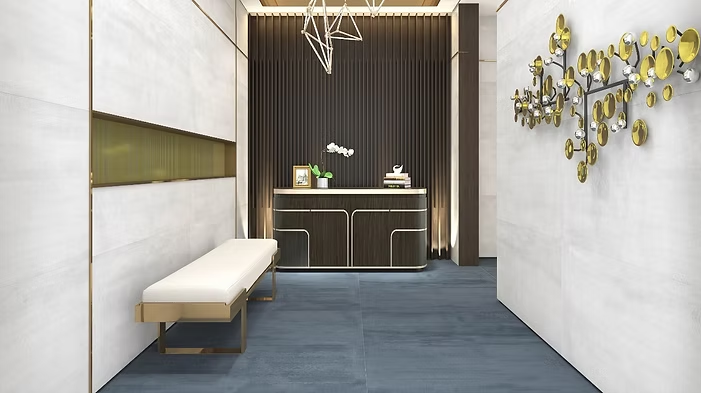
To keep the artificial marble surface shiny and in top condition, certain manufacturers suggest using a non-abrasive polish on a regular basis. This can help in maintaining the luster and appearance of the surface, and keep it looking as good as new for a longer time.
To preserve the beauty and longevity of natural and artificial marble in your space, it’s important to implement some straightforward care routines. Each type of marble has its own distinctive advantages when it comes to appearance and maintenance. By adhering to these routines, you can enjoy the benefits of both types of marble for many years to come.

When it comes to selecting between natural and artificial marble, it is essential to weigh the pros and cons and consider the factors that are most important to the user. Those who value the unique aesthetics and natural beauty of marble may prefer natural marble, while those who prioritize durability, uniformity, and a potentially lower environmental impact may opt for artificial marble. Each material has its advantages and limitations, making it suitable for different applications and personal preferences. Therefore, gaining an in-depth understanding of these differences is crucial for making an informed decision that aligns with one’s design aspirations and environmental considerations while taking into account the cost. Moreover, learning the best ways to save and care for marble can help maintain its beauty and longevity